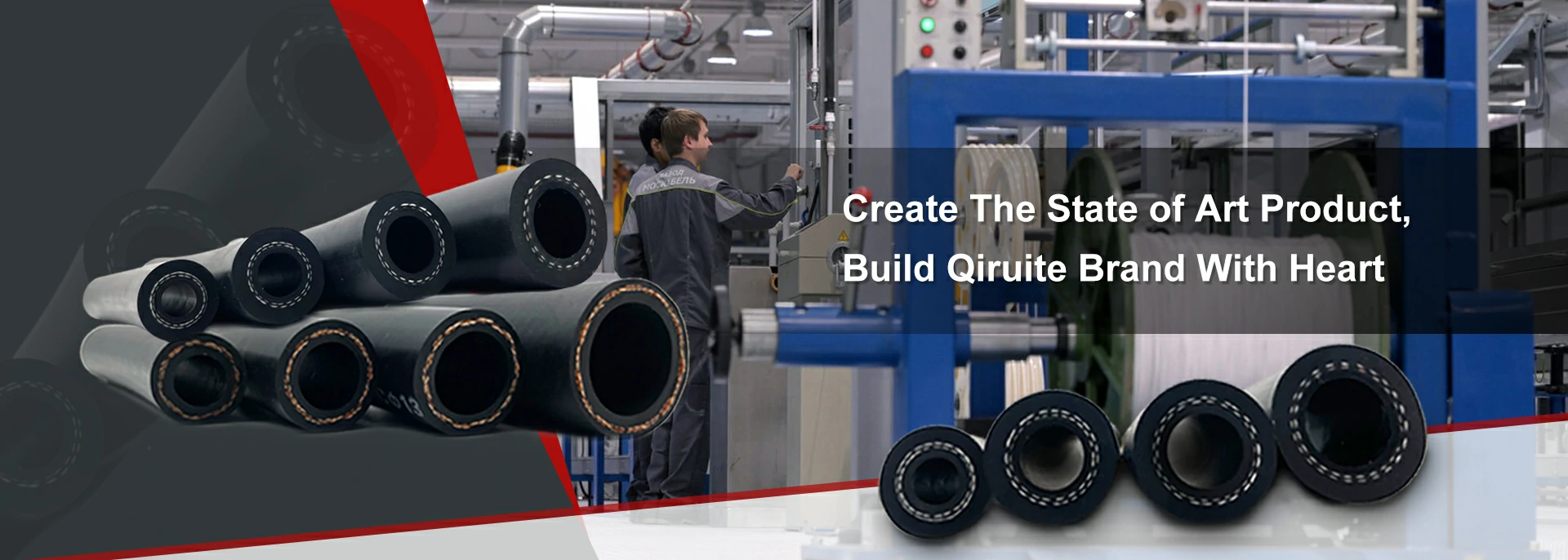air compressor pipe connector
Understanding Air Compressor Pipe Connectors A Comprehensive Guide
Air compressors are essential tools in various industries, from automotive repair shops to manufacturing facilities. They rely on an intricate system of pipes and connectors to transport compressed air efficiently. One critical component of this system is the pipe connector, which plays a vital role in maintaining optimal air flow and pressure. This article explores the different types of air compressor pipe connectors, their purposes, and best practices for selecting and using them.
Types of Pipe Connectors
1. Barbed Connectors These are commonly used for plastic air hoses. Barbed connectors have protrusions that grip the inner walls of the hose, creating a secure seal when connected. They are easy to install and typically require the use of hose clamps to ensure an airtight fit. However, they may not be suitable for high-pressure applications, so it's essential to assess your specific needs.
2. Quick-Connect Couplings These connectors are favored in many applications due to their convenience and efficiency. They allow for quick attachment and detachment of hoses and tools without needing to turn off the air supply. Quick-connect couplings come in various styles and sizes, ensuring compatibility with different systems. However, users should be mindful of the connection type, as mismatched couplings can lead to air leaks or equipment failures.
3. Threaded Connectors These connectors provide a reliable and strong connection for metal pipes. Threaded connectors can withstand higher pressures and are often used in professional settings. They are available in various materials, including brass and steel, to suit different environmental conditions. To prevent leaks, it’s crucial to use appropriate thread sealants or tapes when installing threaded connectors.
4. Flanged Connectors Flanged connectors are typically used in larger air compressor systems. They consist of two flat surfaces (flanges) that are bolted together to create a tight seal. This type of connector is ideal for heavy-duty applications and can accommodate high volumes of compressed air. However, the installation is more complex and may require special tools.
air compressor pipe connector

Selecting the Right Connector
Choosing the appropriate pipe connector depends on several factors, including the application, pressure requirements, and the materials involved. Always consider
- Compatibility Ensure that the connector is compatible with the diameter and type of the hose or pipe. - Pressure Ratings Select connectors that can handle the maximum pressure of your air compressor system. - Material Choose materials that can withstand the environmental conditions they will face, such as humidity, temperature extremes, and exposure to chemicals.
Installation and Maintenance
Proper installation is critical for ensuring the longevity and efficiency of your air compressor system. When installing connectors, follow these best practices
- Clean the Surfaces Make sure all connecting surfaces are clean and free from debris to ensure a secure connection. - Use the Right Tools Utilize appropriate tools for tightening connectors to avoid damage. - Regular Inspections Regularly check connectors for signs of wear or leaks to prevent operational failures.
In conclusion, understanding air compressor pipe connectors is crucial for anyone using compressed air systems. By selecting the right type of connector and following best practices for installation and maintenance, you can enhance the efficiency and reliability of your air compressor setup. Whether you are a DIY enthusiast or a professional, having the right knowledge about these components will always pay off in the long run.
-
Ultimate Spiral Protection for Hoses & CablesNewsJun.26,2025
-
The Ultimate Quick-Connect Solutions for Every NeedNewsJun.26,2025
-
SAE J1401 Brake Hose: Reliable Choice for Safe BrakingNewsJun.26,2025
-
Reliable J2064 A/C Hoses for Real-World Cooling NeedsNewsJun.26,2025
-
Heavy-Duty Sewer Jetting Hoses Built to LastNewsJun.26,2025
-
Fix Power Steering Tube Leaks Fast – Durable & Affordable SolutionNewsJun.26,2025

